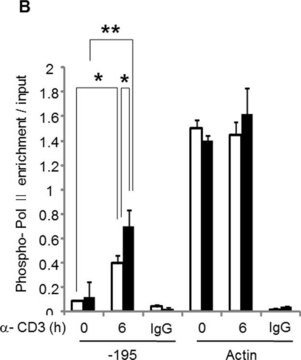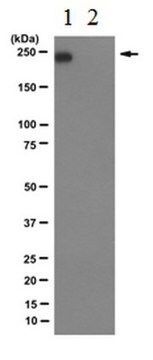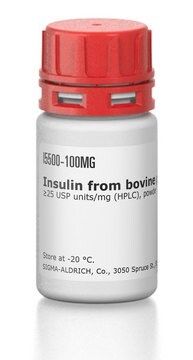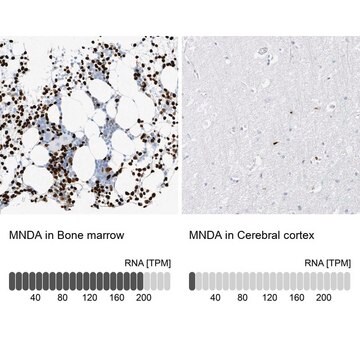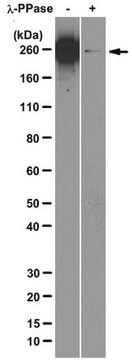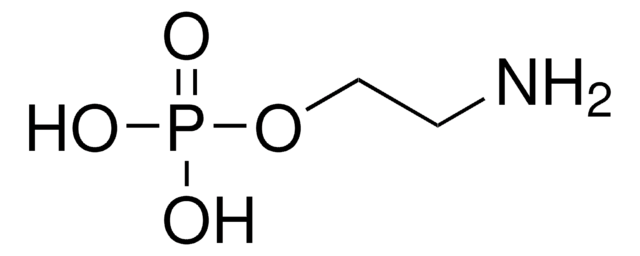SAB4200637
Monoclonal Anti-phospho-RNA polymerase II CTD (pSer2) antibody produced in rat
clone 3E7C7, purified from hybridoma cell culture
Synonym(s):
POLR2, POLRA, RPB1, RPBh1, RPO2, RPOL2, RpIILS, hRPB220, hsRPB1, polymerase (RNA) II (DNA directed) polypeptide A 220kDa (POLR2A)
About This Item
Recommended Products
biological source
rat
Quality Level
antibody form
purified immunoglobulin
antibody product type
primary antibodies
clone
3E7C7, monoclonal
mol wt
~250 kDa
species reactivity
rat, canine, mouse, human, monkey
concentration
~1 mg/mL
technique(s)
flow cytometry: 10 μg/test using using HeLa cells.
immunoblotting: 0.25-0.5 μg/mL using whole extracts of HeLa cells.
immunofluorescence: 4-8 μg/mL using using A549 cells
isotype
IgG2a
UniProt accession no.
shipped in
dry ice
storage temp.
−20°C
target post-translational modification
phosphorylation (pSer2)
Gene Information
human ... POLR2A(5430)
Related Categories
General description
Specificity
Immunogen
Application
- immunoblotting
- immunofluorescence
- flow cytometry
Biochem/physiol Actions
Physical form
Storage and Stability
Disclaimer
Not finding the right product?
Try our Product Selector Tool.
Storage Class Code
10 - Combustible liquids
WGK
WGK 1
Flash Point(F)
Not applicable
Flash Point(C)
Not applicable
Choose from one of the most recent versions:
Certificates of Analysis (COA)
Don't see the Right Version?
If you require a particular version, you can look up a specific certificate by the Lot or Batch number.
Already Own This Product?
Find documentation for the products that you have recently purchased in the Document Library.
Our team of scientists has experience in all areas of research including Life Science, Material Science, Chemical Synthesis, Chromatography, Analytical and many others.
Contact Technical Service

